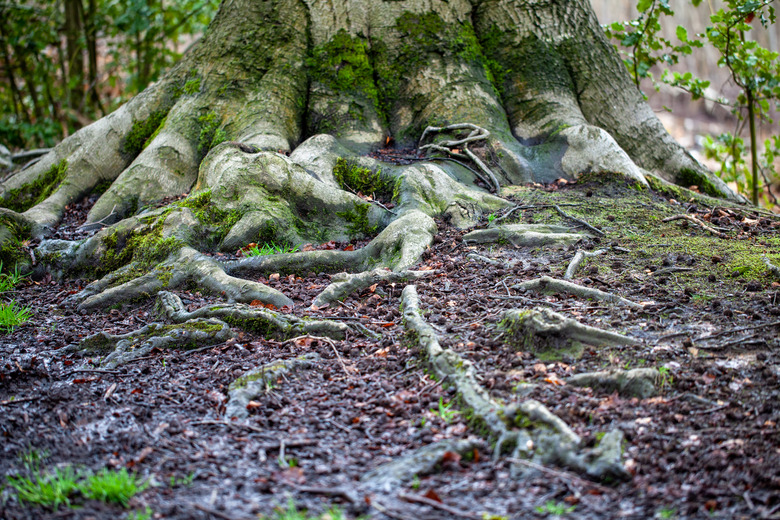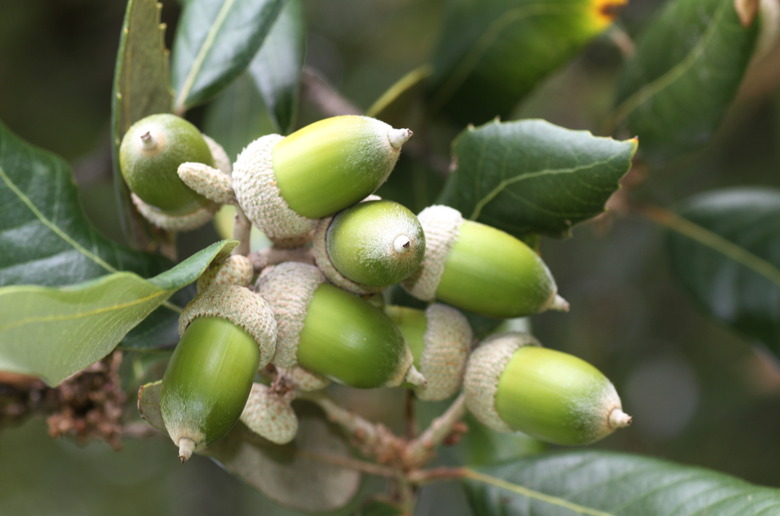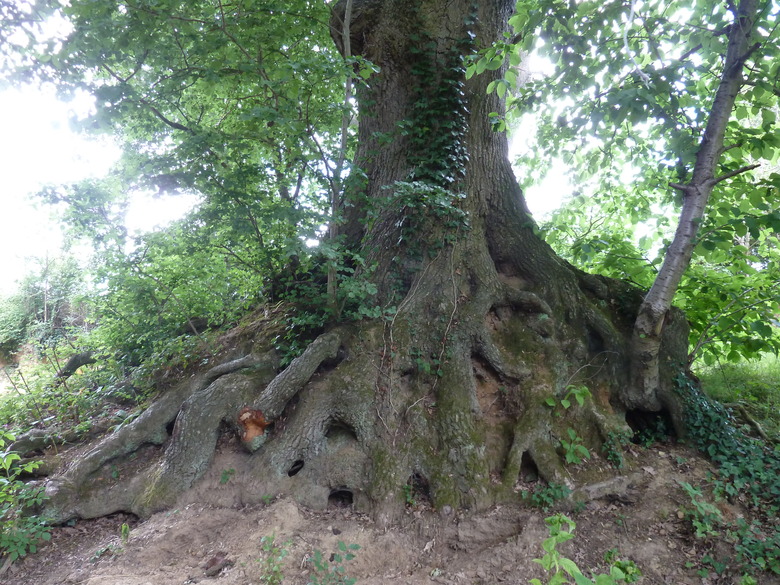The Root System Of Oak Trees
The majestic oak, symbol of power and longevity across multiple cultures, is ubiquitous across North America. Although there are dozens of species of oaks, oak trees (Quercus spp.) break down into two general categories: red oaks and white oaks. The red oak is a faster-growing tree, but the white oak will become larger over the decades.
All mature oaks have massive root systems that support their equally massive aboveground girth. Oaks usually grow deep taproots, but sometimes, especially in urban settings, an oak instead spreads its roots horizontally across a large area. The root structure of an oak tree must be protected for the oak to thrive.
How Acorns Become Oak Trees
So emblematic of birth and potential, the acorn holds within it all the magic that a new oak seedling needs to sprout and begin to develop. Aboveground, a new oak seedling may appear fragile and slow growing, because all the action is occurring underground in the root system.
The first thing that happens is that the acorn produces a taproot that begins to dive deep into the soil. After one season, this taproot is about 18 inches long and 1 1/2 inches in diameter below the surface. Lateral, i.e., supplementary, roots develop from the taproot. If the taproot is damaged, one of these will take its place, diving vertically into the soil.
The Root Structure of an Oak Tree
As oaks mature, the taproot may become damaged, usually by soil compaction, too much moisture or other environmental factors. This does not compromise the tree's health; instead, it causes it to hasten the development of stronger lateral roots. In fact, a very mature oak will have developed more prominent lateral roots than a taproot, whether the taproot has been damaged or not.
In fact, the oak root system eventually becomes more horizontal than vertical, as the roots continue to reach far beyond its canopy, sometimes as much as 90 feet beyond, although most experts peg this as one-third larger than the area under the canopy. For example, if the canopy spreads 50 feet, the roots may extend beyond the canopy about one-third its size, or another 15 or so feet on all sides.
The majority of the roots on a mature oak may be only as deep as 4 feet or so. They may also penetrate the surface, growing thick lateral roots that are visible and quite large. This is normal, and you should not disturb them.
The fine root system develops from these large lateral roots, forming a dense root mass that grows within a 4-foot depth under the soil's surface. The fine roots are responsible for absorbing nutrients and moisture from the soil.
Warning
Never plant landscape plants that require irrigation underneath a mature oak tree that has never been irrigated. It invites fungal infection and is a common cause of oak tree death.
Protecting the Oak's Roots
The key to a healthy oak is its root system. Oak trees, especially in the home landscape, are susceptible to root damage. Because its root system is critical to its health, protecting damage to this majestic tree's root system is paramount.
The Root Protection Zone
Consider that the root system extends far beyond the canopy, as stated, sometimes as much as 90 feet beyond it. Within this zone, which actually has a name, it is that important—it's called the "root protection zone (RPZ)"—do no harm. Don't mulch heavily, don't grade or trench, don't disturb the roots when trying to incorporate landscape plants. Above all, don't apply asphalt or cement over any area within this zone. Avoid parking heavy vehicles and even excess foot traffic.
Tip
Oak tree roots often rise above the surface of the soil, which is normal and for very mature oaks.
Why Do Oak Tree Roots Come to the Surface?
If you notice roots coming to the surface, don't worry, because it's typical for the roots of mature oaks to buckle the soil and rise above it, sometimes several inches. They are usually seeking oxygen in locations where the topsoil is not quite deep enough or erosion has occurred.
This area is, however, the most vulnerable to damage so don't try to cover these exposed roots with mulch or add soil and plant grass on top.
Nearby Structures
There's nothing you can do if you have moved to a home with an existing oak tree, and it's crowding the house. But if you are planting an oak, or building a new structure where an existing oak is planted, **aim for a minimum of 20 feet from the structure.** Even though an oak tree's roots may eventually range far out of that circumference searching for nutrients and moisture, these extended lateral roots are unlikely to crack a foundation.
Avoiding Irrigation
The issue of irrigation is also important. Oak trees in their natural habitat can withstand drought and relatively dry conditions.
If you begin to irrigate around a mature oak that has never seen irrigation before, you are likely to create conditions that allow fungus to thrive, which can eventually kill the tree.
References
- University of Florida IFAS Extension: Quercus Alba – White Oak
- Treehugger: Guide to Common Oak Trees of North America
- University of California Integrated Hardwood Management Program: Living Among the Oaks
- Harvard University Forest Paper: Development of the Root System of Northern Red Oak
- Town of Oakland, Florida: Oak Tree Care
- The Urban Foresters: How to Plant a Live Oak Tree in Texas
- Houston Area Urban Forestry Council: Tree Planting Guide


